Microhabitat Program Resource Center
An open access resource for new and emerging microhabitat programs
Microhabitat Program
Resource Center
An open access resource for new and emerging microhabitat programs
Village and Wilderness is interviewing established and innovative programs to record successful and replicable solutions to common problems. Our growing list of case studies will be posted here, providing a menu of options that programs can learn from.
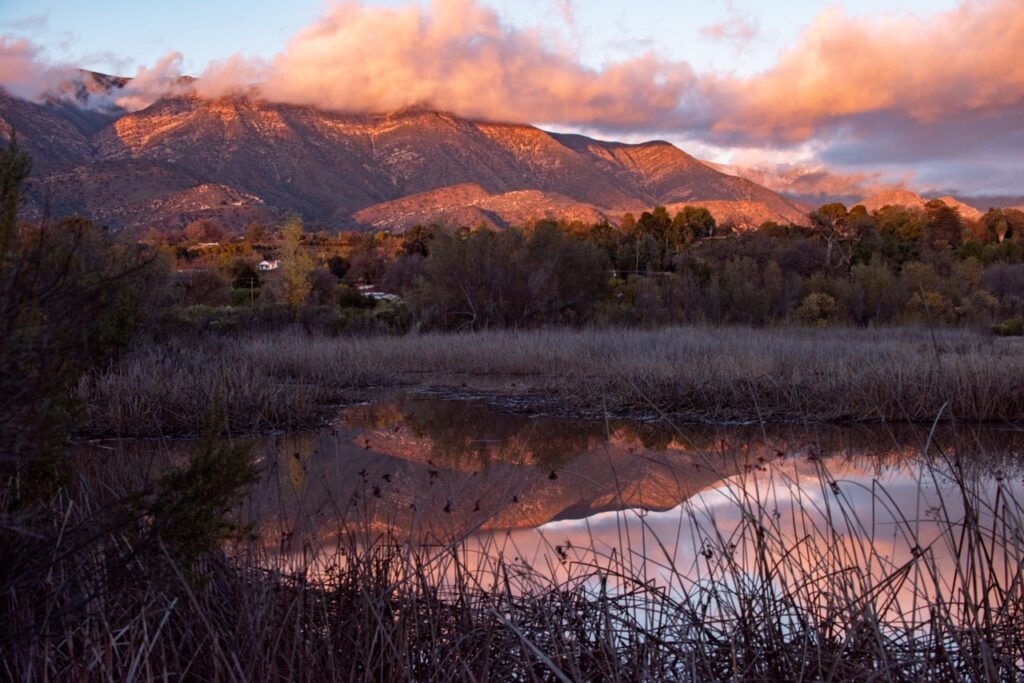
Rewild Ojai, an emerging microhabitat program of the Ojai Valley Land Conservancy (OVLC), aims to restore ecosystem function and increase climate resilience in the changing landscape of the Ojai Valley in California. This case study explores the origins of the program, and what steps OVLC is taking to set the program up for success even prior to launch. We believe that other organizations that are considering initiating microhabitat programs would benefit from learning about the early experience of Rewild Ojai. Read more…
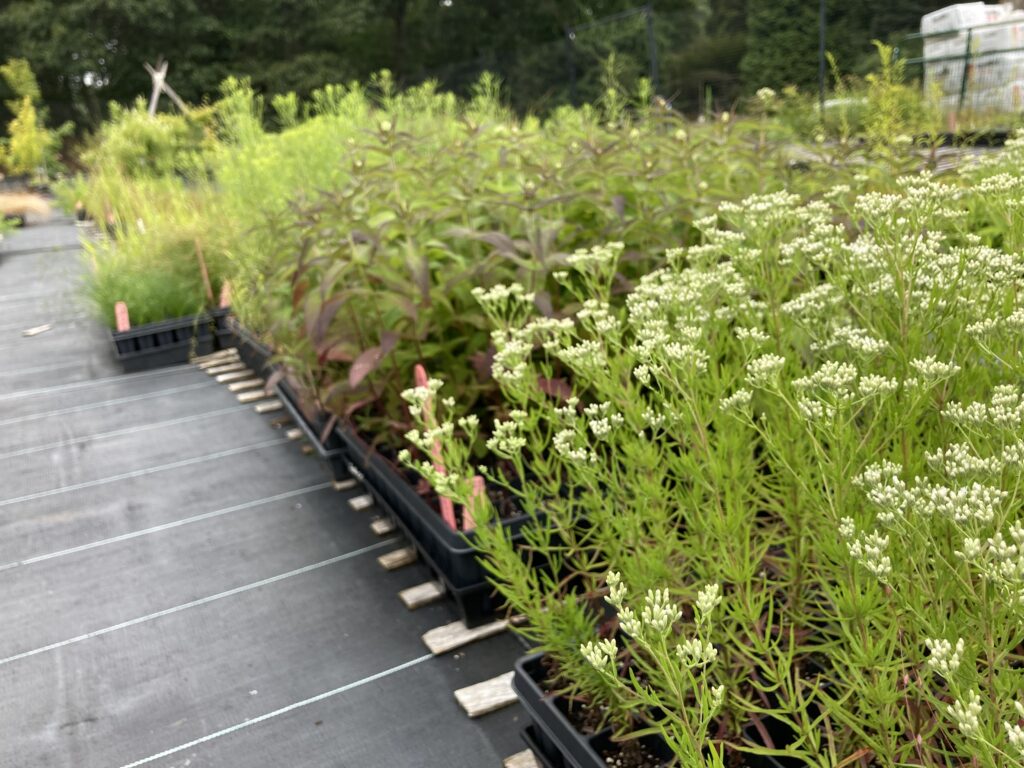
Natural Neighbors, a microhabitat program of BiodiversityWorks on Martha’s Vineyard, has partnered with the island’s Polly Hill Arboretum to provide native plants for its program participants, based on the model of Community Supported Agriculture. This innovative approach may be helpful to programs trying to solve the mismatch between demand and supply, particularly in areas where cultivation of plants of local genotype is not commercially viable. It also proposes a way for introducing a greater diversity of native plants to participants. Read more…
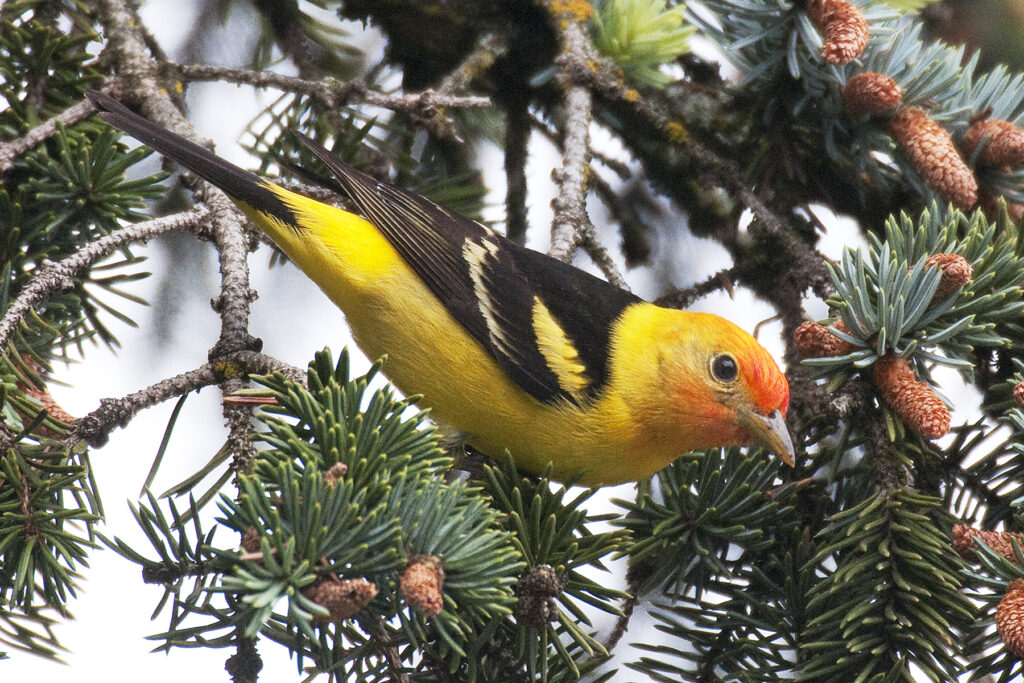
The Backyard Habitat Certification Program (BHCP) is a microhabitat program jointly managed by Columbia Land Trust and Bird Alliance of Oregon (formerly Portland Audubon). The program has recruited over 10,000 private yards and is growing every day. This case study explores how BHCP is including more community sites and engaging in partnerships to create a more inclusive program and diversify participation, thereby expanding its ecological and social impact and benefits. Read more…
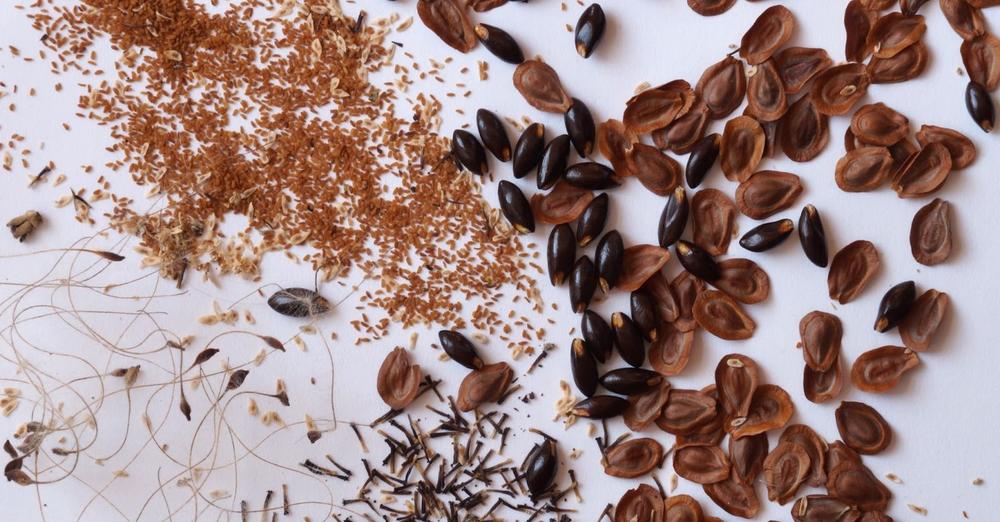
Access to native plants, preferably of local genotype, is essential for microhabitat programs. But the availability of these plants, and the seeds to propagate them, may be very limited because the careful gathering, processing and propagation of local seed is not always commercially viable. Microhabitat programs may then undertake this work themselves with volunteer help. This piece gathers advice from Heather McCargo, founder of Wild Seed Project, a noted, Maine-based, seed stewardship and distribution organization, on fostering a volunteer cadre for seed work. The lessons imparted are also applicable to volunteer engagement more widely. Read more…
More case studies coming soon

